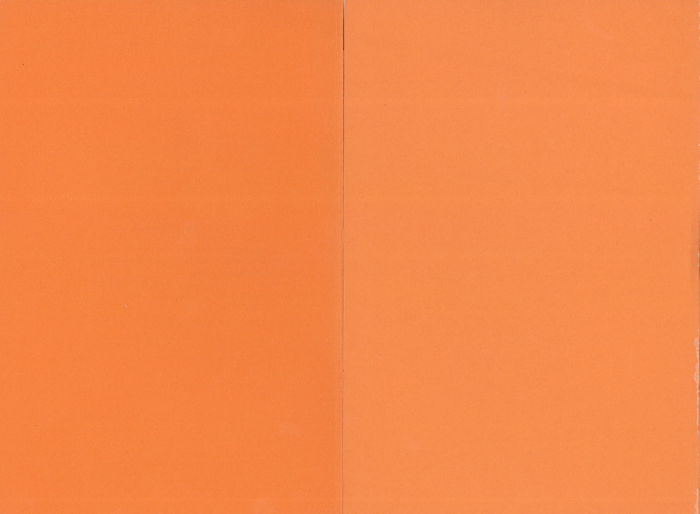Typographical and Spatial Cues that Facilitate Learning from Textbooks
Abstract
Ninety-six undergraduates at the University of Virginia studied a 2866 word excerpt from a tenth grade biology textbook either in a standard typographical layout or in a special one containing typographical and spatial cues. Both groups studied the text for about ten minutes. (Results of paraphrastic recall, a multiple choice test, and a questionnaire suggested that the typographical and spatial cues facilitated learning and memory.) Potential classroom applications were discussed. (The format here is similar but not identical to the one we used.) Here we used bold face latter for emphasis; in the experiment we used capital letters because it was easier on a typewriter. Here the authors determined the segmentation units; in the experiment groups college students determined them. The instructions for using our format are: (The passage is printed in a special format using line spaces, brackets, and bold face letters. Line spaces set off each idea, and brackets set off the gist of each idea, whether or not the idea is important. When an idea is important, its gist is in bold print.)Downloads
Published
1981-01-01
Issue
Section
Journal Article

